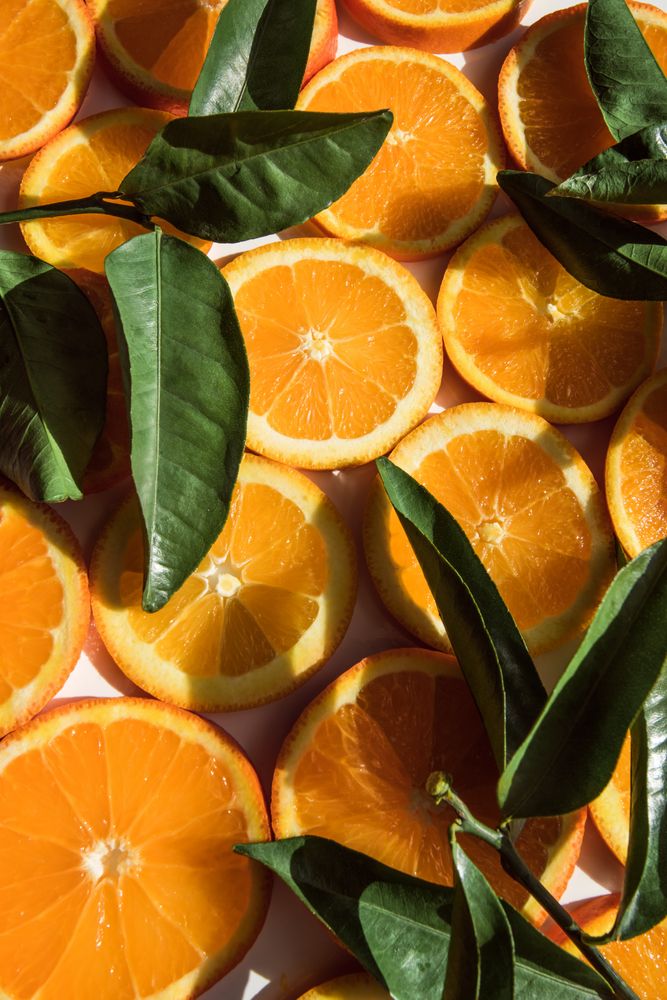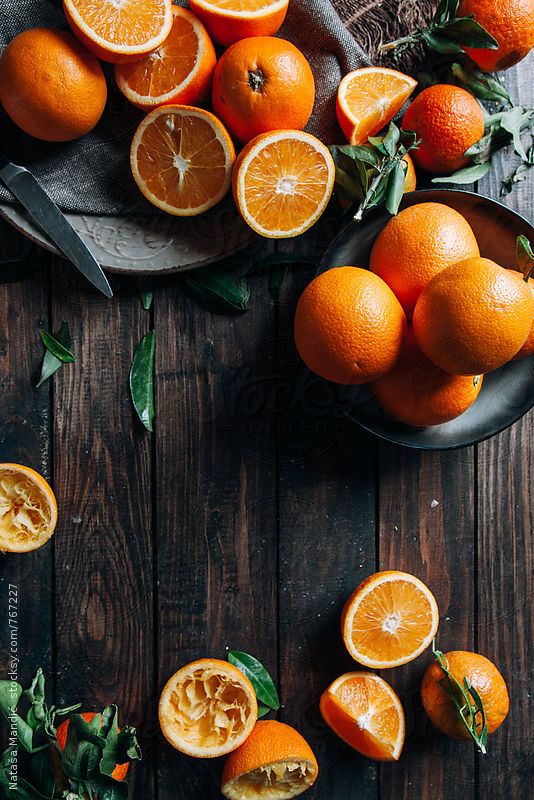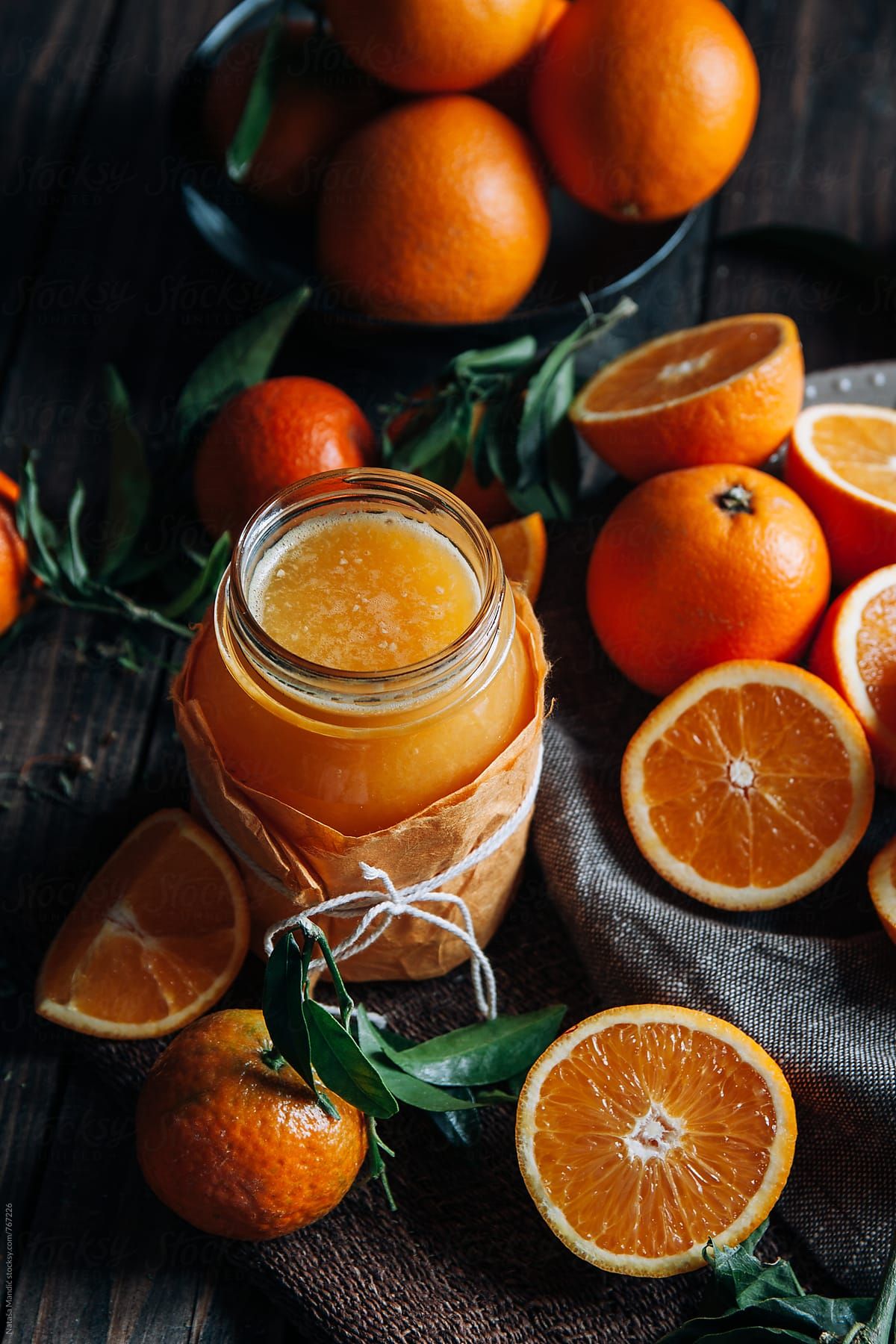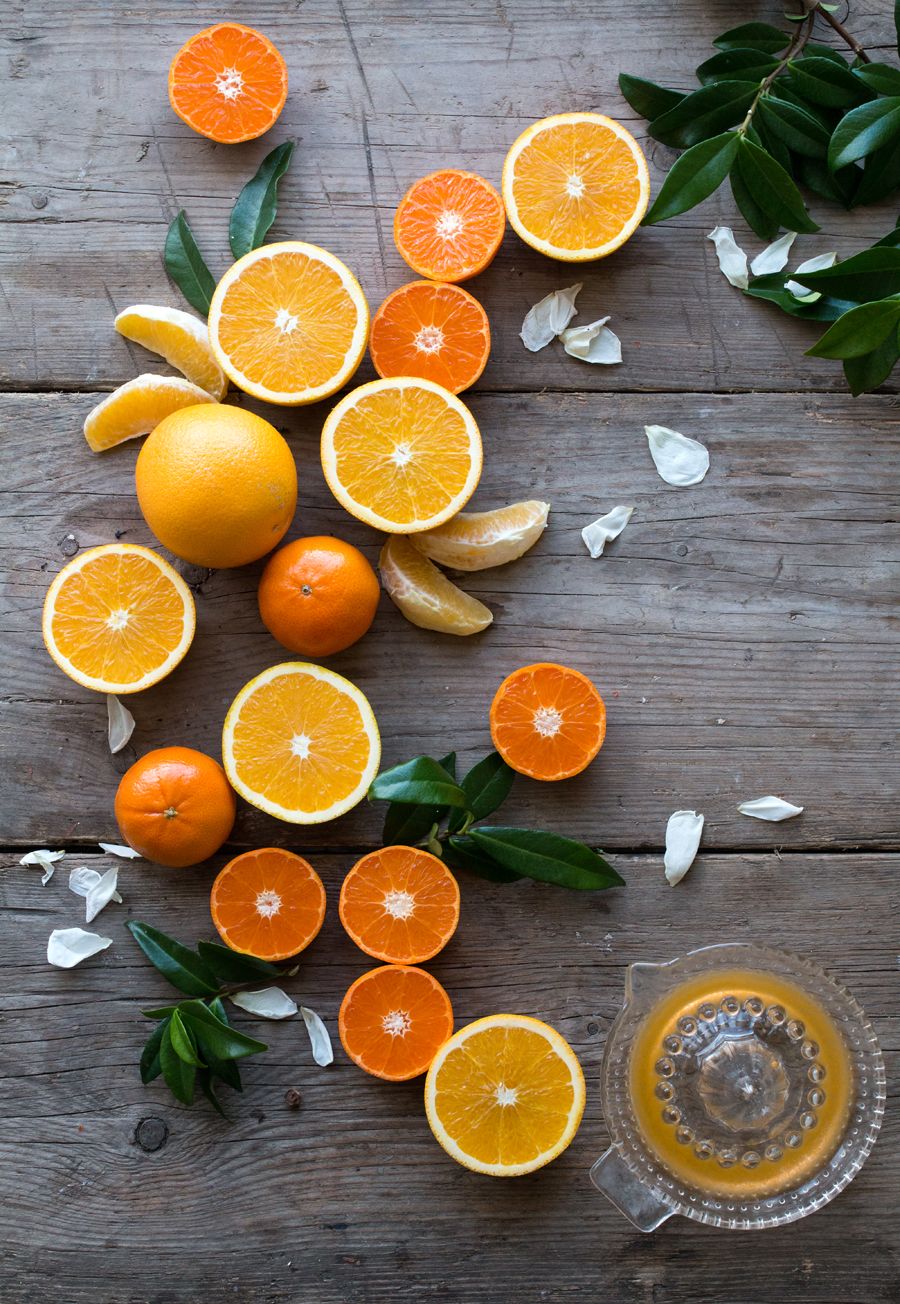Product Test - Fresh Oranges
![[QA]【韩云】HANYUN STORE TESTING](https://qa-tells-storage.s3.ap-northeast-1.amazonaws.com/public/product/images/6a118200-fe6f-11ec-a23c-37f56b27ccb1)
個数4~5
個数6~6
個数7~8
個数9~10
Transparency Points
透明性項目
品物のハイライト
この品物の注目して欲しいポイント
作り手
品物の生産に関わった作り手の顔とコメント
生産地
品物が作られた場所
原材料
品物の素材や原料
Organic
100%
リサイクル素材
リサイクル素材が使われている割合
testtest
SDGsへの貢献
この品物がどのSGDsに貢献しているか
testtest 2
レア度
品物の希少性
![[QA]【韩云】HANYUN STORE TESTING](https://qa-tells-storage.s3.ap-northeast-1.amazonaws.com/public/product/images/6a118200-fe6f-11ec-a23c-37f56b27ccb1)
Story
品物のストーリー
At lunchtime I bought a huge orangeThe size of it made us all laugh.I peeled it and shared it with Robert and DaveThey got quarters and I had a half.And that orange, it made me so happy,As ordinary things often doJust lately. The shopping. A walk in the park.This is peace and contentment. It’s new.The rest of the day was quite easy.I did all the jobs on my listAnd enjoyed them and had some time over.I love you. I’m glad I exist.— Wendy Cope
Learn Stories of Makers
The orange, along with the banana and the apple, is one of the most consumed fruits in the world.The orange is a usually round or oval citrus; its rind and flesh are generally orange, except the varieties of red pulp.The edible part of the orange is the flesh, consumed in fresh or in juice. The orange is also used to make stewed fruit, jams, for consumption as dehydrated fruit, etc.From oranges we can also take the essential oils, used in perfums and cosmetics.The consumption of oranges in developing countries has increased quicker than in the rich countries. The North American market represents almost half of the consumption of the developed countries, due in a large extent to juice consumption. In countries like Japan, with their own production, the consumption is in fresh, so they do not need to import oranges.The average world consumption is 12 kg per person and year, although this figure varies depending on the countries. The developed countries have an average of 28 kg/person and year, whereas in the developing countries the consumption is 6kg/person and year. The highest consumption figures are in the United States, reaching 60 kg, whereas in Western Europe it is 40 kg. These figures contrast with the consumption in the East European Countries, 5 kg per person.The orange consumption in the Northern Hemisphere is centered mainly in winter, although we can also buy it off-season thanks to producing countries such as Argentina, Brazil, the United States, Spain, etc.As explained in the Fresh Produce Desk Book of 2001, the availability of oranges in the English market is practically assured all over the year. From January to March in the Northern Hemisphere, the source countries are the Dominican Republic, Egypt, Israel, Turkey and Tunisia; in April and May different varieties come from Egypt and the United States. During the summer months, in the Northern Hemisphere, countries such as Brazil, Cuba, Chile, Argentina, Peru, and Zinbawe will be the source. Special atention should be given to Spain, the first orange exporting country in the world. Spain practically provides the United Kingdom throughout the year.There is a great amount of varieties distinguished by their shape, size, flesh colour: red or orange, by their flavour, since there are sweeter or more acid oranges, by the time of maturity, and for having seeds or being seedless.The time of harvesting is from the beginning of October until the middle of June, depending on the varieties. The internal and external maturation of oranges depends on different mechanisms. Sometimes a fruit is ready to be commercialized, but because of its colour it is not possible to do so. These fruits will be put under degreening, causing its colouring. Fruit will be collected when raw and treated with ethylene in special cold storage rooms.The conservation of oranges in cold storage rooms at a slightly superior temperature to the point of freezing lengthens the period of organoleptic quality of the fruit and reduces the attack of fungi.




